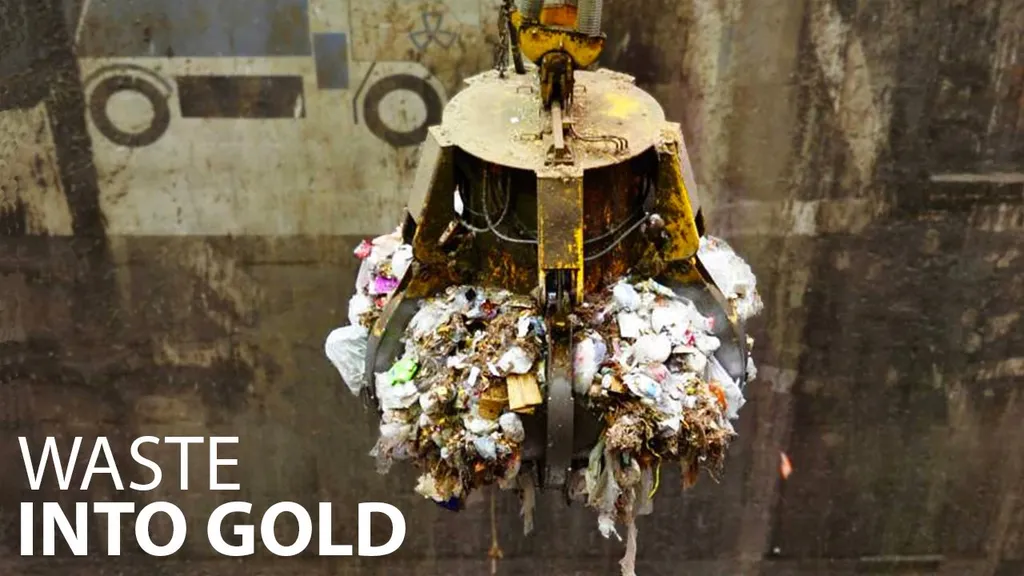In a world grappling with waste management and the urgent need for sustainable materials, a team of researchers led by Muhammad Imran from the Division of Chemical Engineering at Chalmers University of Technology in Sweden has uncovered a promising avenue: upcycling citrus waste into advanced porous carbon and aerogel materials. Their findings, published in the journal “Carbon Capture Science and Technology,” offer a glimpse into a future where orange peels and other citrus byproducts could revolutionize industries ranging from water treatment to energy storage.
The research provides an integrated analysis of synthesis and post-pyrolysis activation methods tailored specifically to citrus waste-derived porous materials. “We’ve seen a growing interest in renewable biomass sources due to their rich cellulose and lignin content,” Imran explains. “Citrus waste, in particular, is abundant and often underutilized, making it an ideal candidate for upcycling into high-value materials.”
The study delves into state-of-the-art techniques such as microwave-assisted hydrothermal synthesis, dual-axis freezing, and template-directed activation. Each method impacts the surface area, porosity, and scalability of the resulting materials, offering unique advantages for different applications. For instance, microwave-assisted hydrothermal synthesis can enhance the material’s surface area, which is crucial for applications in water treatment and catalysis.
One of the most intriguing aspects of the research is its exploration of emerging strategies like AI-based optimization and low-temperature solvent-free activation. These innovations could pave the way for large-scale implementation, making the process more efficient and cost-effective. “AI-based optimization allows us to fine-tune the synthesis process, ensuring that we achieve the desired properties with minimal waste,” Imran notes. “This is a game-changer for the energy sector, where high-performance materials are in high demand.”
The potential commercial impacts are substantial. In the energy sector, these materials could be used to develop more efficient energy storage systems, such as supercapacitors and batteries. In biomedical engineering, they could find applications in drug delivery and tissue engineering. The water treatment industry could also benefit from the enhanced adsorption capabilities of these porous materials, leading to more effective removal of pollutants.
However, the journey is not without its challenges. The study highlights current limitations, such as the need for further optimization of synthesis conditions and the development of scalable production methods. “While the potential is enormous, we need to address these challenges to make the process economically viable on a large scale,” Imran acknowledges.
The research not only addresses biomass waste management but also opens up new avenues for designing cost-effective, high-performance materials for green technology applications. As the world continues to seek sustainable solutions, the upcycling of citrus waste into multifunctional porous materials could play a pivotal role in shaping the future of various industries.
In the quest for sustainable and innovative solutions, this research stands out as a beacon of hope. By transforming citrus waste into valuable materials, we are not just addressing environmental concerns but also unlocking new possibilities for technological advancement. The journey is just beginning, but the prospects are bright, and the potential impact on the energy sector and beyond is immense.

